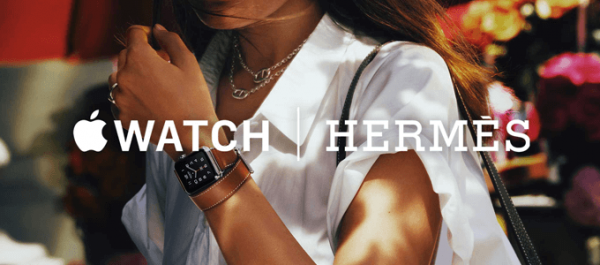Have you ever felt that you have a great idea and you need just a bit of help to make it happen? Or just that sometimes you would benefit from having another partner in your team so you could share the good and the difficult parts of the project?
The simplest example of co-branding that I can give is this: imagine the idea of co-branding as a barbecue party! You want to throw a party, but you just don’t have a barbecue… what are you going to do? Ask a neighbor, right? The more, the merrier! He will also bring something extra: his cooking experience, some beers, and more fun.
You provide the space and the relaxed atmosphere and both parties get a better experience. In fact, it’s a win-win situation! Just keep in mind that your neighbor must get some benefits for helping you out, so it will be you who makes the salad!
Brand alliance, or simpler Co-branding
Co-branding, also known as brand alliance, is a partnership between two companies or more, designed to offer advantages for both of them. It is different from influencer advertising while it consists of developing a co-branded product. The product or service they will create and provide together is meant to generate profit, of course, but at the same time, the companies add their reputation to the mix.
As a result of their double know-how the quality of the product will be improved, therefore the consumers will be more satisfied and they will also take the reputation of the brand as a guarantee for a superior product.
Among the many other advantages for the teaming companies, there is the broadening of the consumer categories, the reduction of costs and the fame you gain.
The partnership between two companies can sometimes be overshadowed by a few disadvantages that may arise.
For example, when the two brands are not equally strong, the weaker, less well-known one will always suffer in contrast with the new partner. There is also another risk to be taken into consideration: it is possible for the brand with a smaller reputation to drag the other one down because the first one was not able to keep up with the consumer’s needs.
These are the most famous alliances of this kind that have stood the test of time, some of them still going strong even today:
1. Mercedes – Swatch partnership
2. Air Jordan – a Michael Jordan and Nike collaboration
3. Nike – Apple partnership
Nike CEO Mark Parker and Apple CEO Steve Jobs during the May23, 2006 unveiling of a partnership between Nike and Apple. Photo by Mike Ehrmann/WireImage
4. Apple – Hermes Brand Alliance
Types of brand alliances
Based on their purpose the types of alliances can vary:
1. Promotional/ Co-branding based on sponsorship:
These are defined by just a simple period of promotion or sale, usually very often employed in the field of communication due to its reduced costs.
2. Based on innovation:
For example, the partnership between Apple and Nike manages to bring together music and sport, creating a sports kit that allows the consumer to sync their Nike shoes to an Apple iPod.
3. Value Chain co-branding:
This kind of partnership is represented by an alliance between a product and a service, for example, the strategic alliance between air flight companies.
4. Ingredient co-branding
A good example of ingredient co-branding is represented by the Dell computers that use Intel processors with Intel being the ingredient brand. In these cases, the ingredient brand is a subordinate to the main brand in the structure of the partnership.
Brand alliances are an attractive possibility because they offer opportunities for quick growth and development, but at the same time there is also a downside: they can become more detrimental if the partnership is not the result of an informed decision.
In order to have a successful partnership, you should study the market, your future ally and your public thoroughly before making a decision.
Conclusion
If you are thinking about forming an alliance with another brand, you should remember one important thing: this course of action should only be adopted when the future partnership is relevant, innovative and attractive for your target public.












